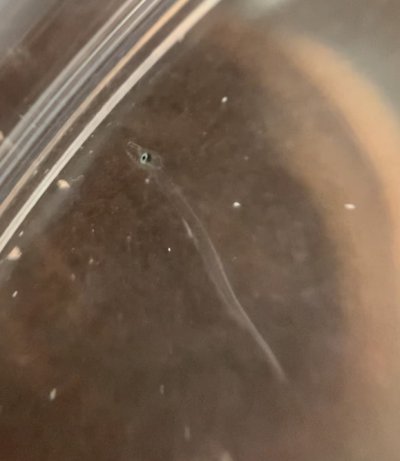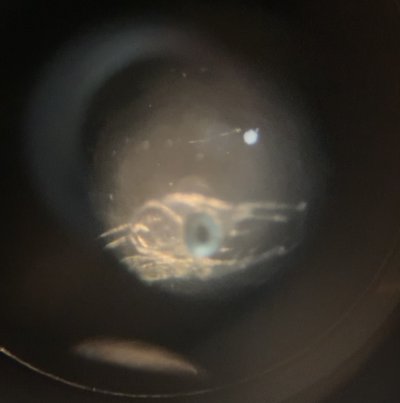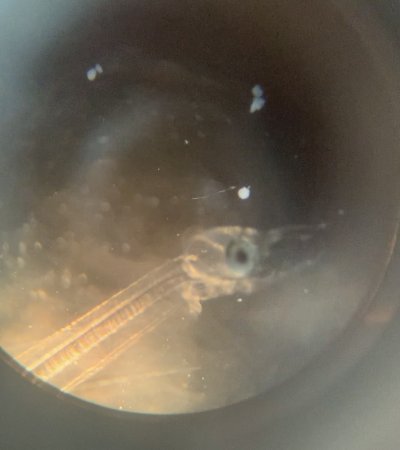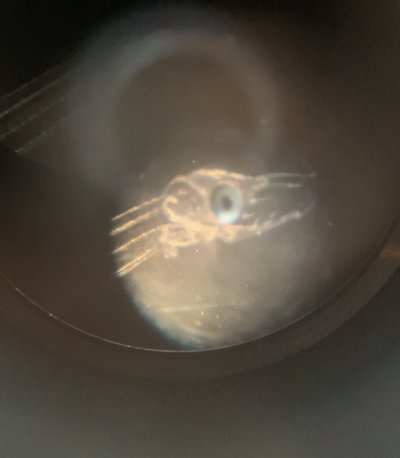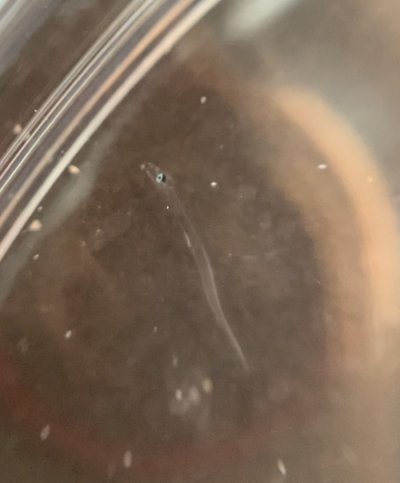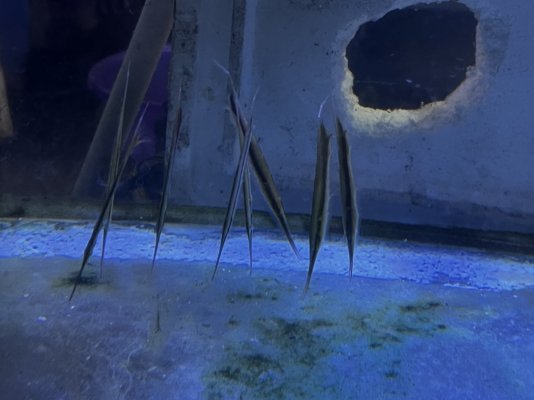- Joined
- Jan 11, 2014
- Messages
- 33
- Reaction score
- 67
Hello 
My Garden Eels have been spawning kind of semi-regularly for a few years now. I have caught and hatched the eggs a few times but never been able to get the larvae past 11-14dph. I'm assuming it's down to what I'm feeding them.
I have one batch parvo calanus pods but they didn't survive past 11dph. I've given another batch rotifers and tiger pod naups and a few got to 13-14dph. I tried another batch on a paste made from egg yolk, crushed lobster eggs and masstick, only got a few days out of that batch.
What I think I'd like to try this time (I have around 100 larvae now at 1dph) is enriching the rotifer and pod naups with something. Mainly because I cannot get hold of parvo calanus for love nor money in the U.K. anymore. Any ideas on what to enrich them with (needs to be available in the U.K.) ?
Unless anyone has any better ideas? I've researched this to death but can literally find zero literature on raising the larvae. Except one webpage that made it sound bizarrely incredibly simple.
Can anyone offer any ideas at all?
My Garden Eels have been spawning kind of semi-regularly for a few years now. I have caught and hatched the eggs a few times but never been able to get the larvae past 11-14dph. I'm assuming it's down to what I'm feeding them.
I have one batch parvo calanus pods but they didn't survive past 11dph. I've given another batch rotifers and tiger pod naups and a few got to 13-14dph. I tried another batch on a paste made from egg yolk, crushed lobster eggs and masstick, only got a few days out of that batch.
What I think I'd like to try this time (I have around 100 larvae now at 1dph) is enriching the rotifer and pod naups with something. Mainly because I cannot get hold of parvo calanus for love nor money in the U.K. anymore. Any ideas on what to enrich them with (needs to be available in the U.K.) ?
Unless anyone has any better ideas? I've researched this to death but can literally find zero literature on raising the larvae. Except one webpage that made it sound bizarrely incredibly simple.
Can anyone offer any ideas at all?







